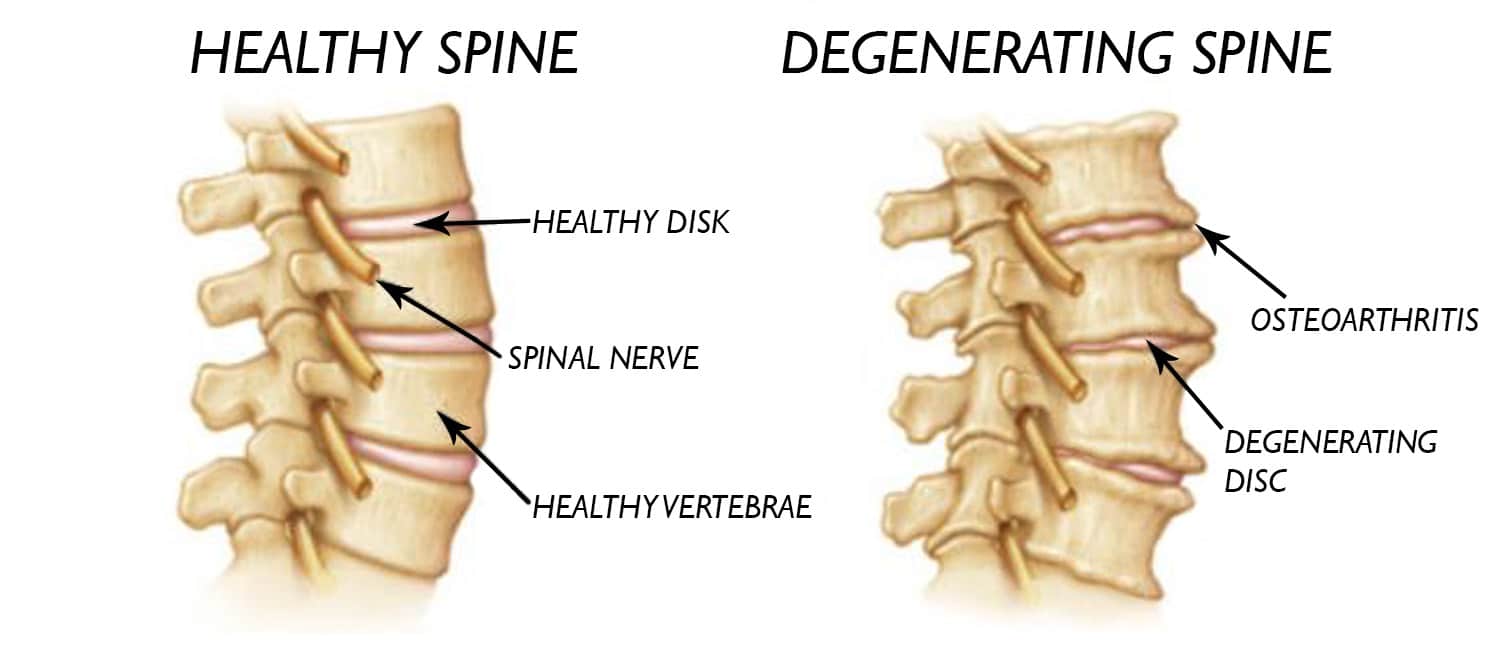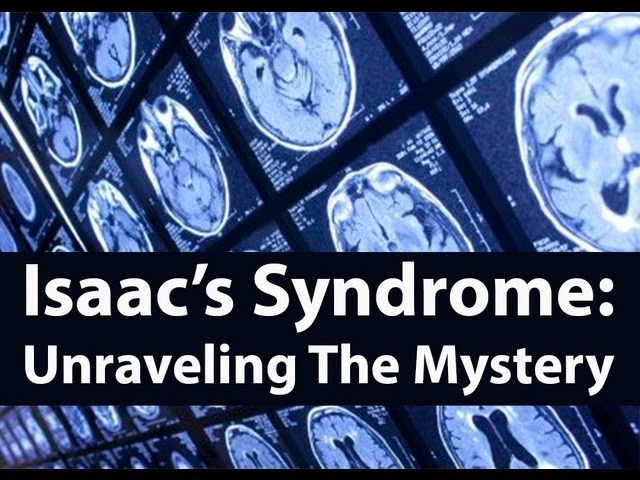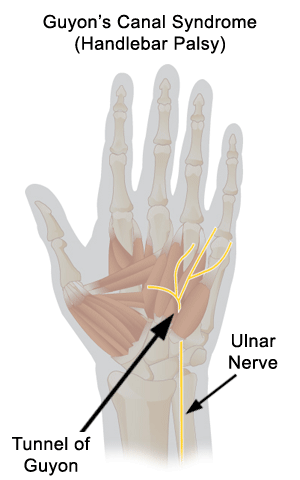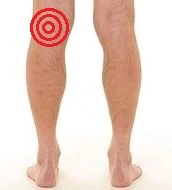Cervical Degenerative Disc Disease (CDDD)
What is a Cervical degenerative disc disease?
Cervical degenerative disc disease is a condition that affects the cervical spine (neck area), where the intervertebral discs in the spine begin to break down and lose their cushioning ability due to age or wear and tear. The discs act as shock absorbers between the vertebrae, which are the bones that make up the spinal column, allowing for flexibility and movement.
As these discs degenerate, they may bulge or herniate, which can put pressure on the nearby nerves or spinal cord, leading to pain, weakness, numbness, or tingling sensations in the neck, shoulders, arms, or hands. The symptoms may also be accompanied by stiffness, decreased range of motion, and muscle spasms.
Cervical degenerative disc disease can be caused by aging, genetics, poor posture, repetitive stress, trauma, or other underlying medical conditions. Treatment options include rest, physical therapy, medication, epidural injections, and in severe cases, surgery.
Related Anatomy
The cervical spine is made up of seven vertebrae, numbered C1 to C7, which are separated by intervertebral discs. The vertebrae are connected by facet joints and ligaments, and the spinal cord runs through a central canal within the vertebral column.
The intervertebral discs consist of two main parts: the annulus fibrosus, which is the tough outer layer of the disc made of fibrous tissue, and the nucleus pulposus, which is the soft gel-like substance in the center of the disc. The disc serves as a cushion to absorb shock and distribute pressure evenly across the spine during movement.
The nerves that exit the spinal cord between the cervical vertebrae are called cervical nerves, and they provide sensation and movement to different parts of the body, such as the neck, shoulders, arms, and hands.
The muscles of the cervical spine are responsible for supporting and moving the neck, including the trapezius, sternocleidomastoid, levator scapulae, and scalene muscles. The blood supply to the cervical spine comes from the vertebral arteries, which run through the vertebrae and supply the brain with oxygenated blood.
What are the causes of Cervical degenerative disc disease?
Cervical degenerative disc disease is primarily caused by the natural process of aging, but it can also be influenced by various other factors. Here are some of the most common causes of cervical degenerative disc disease:
- Age: As people get older, the discs in their spine start to wear down and lose their elasticity, which makes them more prone to damage.
- Genetics: Some people may have a genetic predisposition to developing degenerative disc disease, which can cause premature disc degeneration.
- Wear and tear: Repetitive stress on the neck due to poor posture, heavy lifting, or other physical activities can cause the discs to break down more quickly.
- Trauma: A neck injury, such as a whiplash injury from a car accident, can damage the discs and accelerate their degeneration.
- Obesity: Excess weight can put extra pressure on the spinal discs, which can speed up their degeneration.
- Smoking: Nicotine and other chemicals in tobacco smoke can damage the discs and impede the body’s ability to repair them.
- Medical conditions: Certain medical conditions, such as spinal stenosis, osteoarthritis, and rheumatoid arthritis, can contribute to the development of degenerative disc disease.
It is important to note that while these factors can increase the risk of developing cervical degenerative disc disease, not everyone with these risk factors will develop the condition.
Symptoms of Degenerative disc disease
The symptoms of cervical degenerative disc disease can vary depending on the severity and location of the degeneration. Some people may have no symptoms at all, while others may experience a range of symptoms, including:
- Neck pain: The most common symptom of cervical degenerative disc disease is neck pain, which may be dull, aching, or sharp in nature. The pain may be localized to one area or may radiate to the shoulders, arms, and hands.
- Stiffness: Stiffness in the neck is another common symptom of cervical degenerative disc disease. This can make it difficult to turn your head or move your neck freely.
- Numbness and tingling: If the degeneration of the discs is severe enough to compress the nerves in the cervical spine, you may experience numbness and tingling sensations in your arms, hands, and fingers.
- Weakness: If the nerves in the cervical spine are compressed, you may also experience weakness in your arms, hands, or fingers.
- Headaches: Cervical degenerative disc disease can cause headaches that are located in the back of the head and neck.
- Reduced range of motion: As the discs in the cervical spine degenerate, your range of motion may be reduced, making it difficult to perform activities that require bending or turning your neck.
- Muscle spasms: Muscle spasms can occur in the neck and shoulders as a result of the body trying to protect the affected area.
It’s important to note that these symptoms may also be caused by other conditions, so it’s important to see a doctor for a proper diagnosis.
Difference Diagnosis
The symptoms of cervical degenerative disc disease can sometimes overlap with those of other conditions. Therefore, a proper diagnosis is important to determine the underlying cause of the symptoms. Here are some of the conditions that a doctor may consider when making a differential diagnosis:
- Cervical herniated disc: A herniated disc in the cervical spine can cause symptoms similar to those of degenerative disc disease.
- Cervical osteoarthritis: Osteoarthritis in the neck can cause neck pain, stiffness, and reduced range of motion.
- Cervical radiculopathy: This condition occurs when a nerve in the cervical spine becomes compressed, causing symptoms such as numbness, tingling, and weakness in the arms and hands.
- Cervical spinal stenosis: This condition occurs when the spinal canal in the cervical spine narrows, putting pressure on the spinal cord and nerves.
- Fibromyalgia: This is a chronic pain condition that can cause widespread pain and tenderness throughout the body, including the neck.
- Pinched nerve: A pinched nerve in the neck can cause symptoms such as pain, numbness, and tingling in the arms and hands.
- Rheumatoid arthritis: This is an autoimmune condition that can cause joint pain, stiffness, and swelling, including in the neck.
A doctor may perform imaging tests, such as an X-ray, MRI, or CT scan, to help diagnose the underlying condition causing the symptoms.
Risk factor for cervical degenerative disc disease
Several risk factors have been identified for the development of cervical degenerative disc disease. These include:
- Age: The natural aging process is a major risk factor for degenerative disc disease. As people get older, the discs in their spine lose water content and become less elastic, making them more prone to wear and tear.
- Genetics: Some people may have a genetic predisposition to developing degenerative disc disease, which can cause premature disc degeneration.
- Smoking: Smoking can accelerate the degeneration of the spinal discs and impede the body’s ability to repair them.
- Obesity: Excess weight can put extra pressure on the spinal discs, which can speed up their degeneration.
- Physical activity: Repetitive stress on the neck due to poor posture, heavy lifting, or other physical activities can cause the discs to break down more quickly.
- Trauma: A neck injury, such as a whiplash injury from a car accident, can damage the discs and accelerate their degeneration.
- Occupation: Jobs that involve repetitive neck movements or heavy lifting may increase the risk of developing cervical degenerative disc disease.
It is important to note that while these factors can increase the risk of developing cervical degenerative disc disease, not everyone with these risk factors will develop the condition. Additionally, some people may develop the condition without any identifiable risk factors.
Diagnosis of Degenerative disc disease
The diagnosis of cervical degenerative disc disease typically involves a physical examination and imaging tests. Here are the steps involved in the diagnosis process:
Medical history: Your doctor will ask you about your symptoms and medical history, including any past injuries or conditions that may be related to your symptoms.
- Physical exam: Your doctor will perform a physical examination, which may involve testing your range of motion, checking for tenderness in the neck, and assessing your reflexes, strength, and sensation in your arms and hands.
- Imaging tests: Your doctor may order imaging tests, such as X-rays, MRI, or CT scans, to get a closer look at the discs and bones in your cervical spine. These tests can help identify degeneration, herniation, or other structural abnormalities that may be causing your symptoms.
- Electromyography (EMG): An EMG test may be performed to assess nerve function and detect any nerve damage or compression.
- Discography: In some cases, your doctor may perform a discography test to help determine which discs are causing your symptoms. During this test, a dye is injected into the discs, which allows your doctor to see them more clearly on an X-ray or CT scan.
It’s important to note that the diagnosis of cervical degenerative disc disease can be challenging, as the symptoms can overlap with other conditions. Therefore, it’s important to see a doctor for a proper diagnosis and to rule out other potential causes of your symptoms.
Treatment of Degenerative disc disease
The treatment of cervical degenerative disc disease depends on the severity of the condition and the individual patient’s symptoms. Here are some of the treatment options that may be recommended:
- Pain management: Over-the-counter pain relievers, such as acetaminophen or nonsteroidal anti-inflammatory drugs (NSAIDs), may be used to manage mild to moderate pain. If pain is severe, prescription medications or muscle relaxants may be prescribed.
- Physical therapy Treatment: A physical therapist can help develop an exercise program to improve the range of motion, strengthen muscles, and reduce pain.
- Heat or ice therapy: Applying heat or ice to the affected area can help reduce pain and inflammation.
- Rest and activity modification: Resting the affected area and avoiding activities that worsen symptoms can help reduce pain and promote healing.
- Injection therapy: Injections of corticosteroids or local anesthetics into the affected area may be recommended to reduce inflammation and pain.
- Surgery: Surgery may be recommended in severe cases where conservative treatments have failed to provide relief. The type of surgery performed depends on the specific condition and may include a discectomy or spinal fusion.
- Lifestyle changes: Making lifestyle changes such as maintaining a healthy weight, improving posture, and quitting smoking can help reduce the risk of further degeneration and may improve symptoms.
It’s important to note that there is no cure for cervical degenerative disc disease, but treatment can help manage symptoms and improve quality of life. It’s essential to work with a healthcare provider to develop an individualized treatment plan based on the severity of the condition and individual patient needs.
Physical therapy treatment in cervical degenerative disc disease
Physical therapy can be an effective treatment option for cervical degenerative disc disease. A physical therapist can help design an exercise program that can help improve range of motion, reduce pain and stiffness, and strengthen the muscles around the affected area. Here are some physical therapy treatments that may be recommended:
- Manual therapy: Manual therapy techniques, such as joint mobilization, soft tissue mobilization, and massage, can help improve range of motion and reduce pain.
- Stretching: Stretching exercises can help improve flexibility and reduce muscle tension in the neck and upper back.
- Strengthening exercises: Strengthening exercises can help improve the stability of the cervical spine and reduce strain on the affected discs. These exercises may include resistance training, core exercises, and neck strengthening exercises.
- Posture training: Poor posture can contribute to cervical degenerative disc disease, so a physical therapist can help develop an exercise program to improve posture and reduce strain on the neck.
- Heat or ice therapy: Heat or ice therapy may be used to help reduce pain and inflammation in the affected area.
- Electrical stimulation: Electrical stimulation can be used to stimulate the muscles around the affected area, which can help reduce pain and improve muscle function.
- Education: A physical therapist can provide education on proper body mechanics and ergonomics to help prevent further degeneration of the cervical discs.
It’s important to work with a physical therapist to develop an individualized treatment plan based on the severity of the condition and individual patient needs. Consistent participation in physical therapy exercises can help reduce symptoms and improve quality of life.
How to Prevent cervical degenerative disc disease?
While cervical degenerative disc disease cannot always be prevented, there are steps you can take to reduce your risk of developing this condition or prevent it from worsening. Here are some tips for preventing cervical degenerative disc disease:
- Maintain good posture: Poor posture can put extra strain on the cervical spine and increase the risk of degeneration. Maintaining good posture when sitting, standing, and lifting can help reduce this strain.
- Stay active: Regular exercise can help strengthen the muscles around the cervical spine, reduce stiffness, and improve range of motion.
- Maintain a healthy weight: Excess weight can put extra strain on the cervical spine, which can increase the risk of degeneration. Maintaining a healthy weight can help reduce this strain.
- Use proper ergonomics: When working on a computer or performing other tasks, use proper ergonomics to reduce strain on the neck and upper back. This may include using a supportive chair, adjusting the height of your computer monitor, and taking regular breaks to stretch.
- Avoid smoking: Smoking can contribute to the degeneration of the cervical discs by reducing blood flow to the spine.
- Practice safe lifting: When lifting heavy objects, use proper lifting techniques to avoid putting extra strain on the neck and upper back.
- Seek prompt treatment: If you experience neck pain or other symptoms that may be related to cervical degenerative disc disease, seek prompt treatment to prevent the condition from worsening.
By following these tips, you may be able to reduce your risk of developing cervical degenerative disc disease or prevent it from worsening if you already have the condition.
Conclusion
Cervical degenerative disc disease is a condition that involves the degeneration of the discs in the cervical spine, which can cause pain, stiffness, and other symptoms. While this condition cannot always be prevented, there are steps that can be taken to reduce the risk of developing it or prevent it from worsening, such as maintaining good posture, staying active, and seeking prompt treatment if symptoms arise.
Treatment options for cervical degenerative disc disease may include pain management, physical therapy, injection therapy, and surgery in severe cases. It’s important to work with a healthcare provider to develop an individualized treatment plan based on the severity of the condition and individual patient needs.
FAQ
Is Physiotherapy good for degenerative disc disease?
Physiotherapy treatment is the best option to recover naturally and improve the function of the degenerating discs. Physiotherapy treatments are strengthening weak muscles, stretching exercises to improve flexibility, and pain-relieving Electrotherapy modalities.
What is the best exercise for cervical degenerative disc disease?
Following are the few Exercise that helps to improve the function of the degenerating disc are:
Isometric neck exercise
Active Neck movement within the limit of pain-free range
Stretches of Neck muscles
Swimming
Shoulder scapular exercise
Active movement of the Upper limb
Is massage good for cervical degenerative disc disease?
Massage can help to relieve pain and other symptoms associated with cervical Degenerative Disc Disease. Massage therapy mainly helps to relieve muscle strain, improves flexibility, and also reduces pain.
How do you live with the degenerative disc in your neck?
Find the best alternate position such as a fully supported position while watching TV at night instead of sitting.
Consider pain-relieving medications to relieve pain, and inflammation, or prescription medications for pain.
Regular physical therapy to strengthen your weak neck and scapular muscles (which help to stabilize your spine)







8 Comments